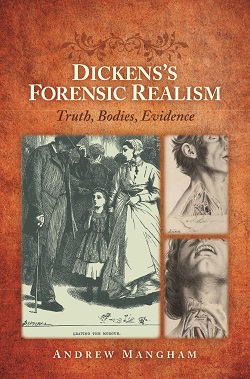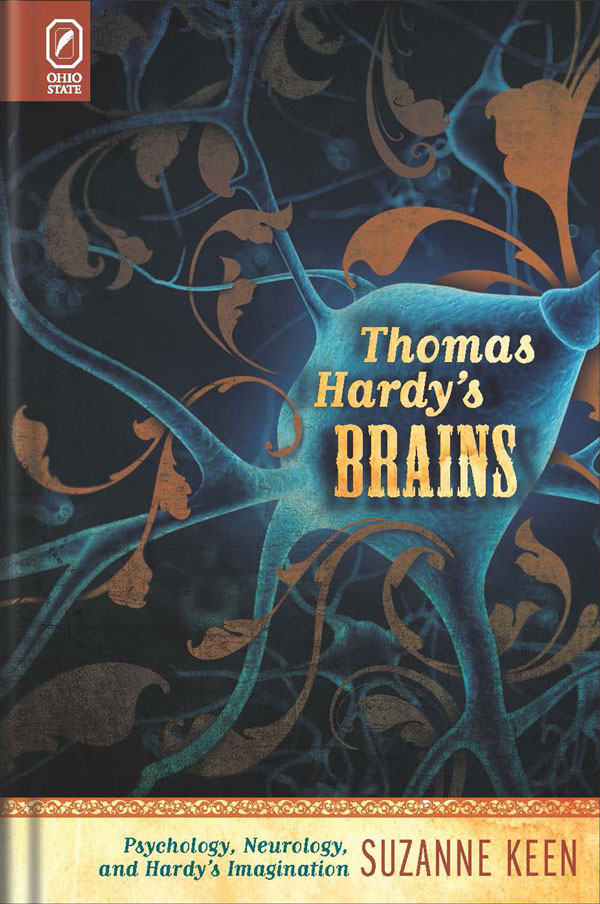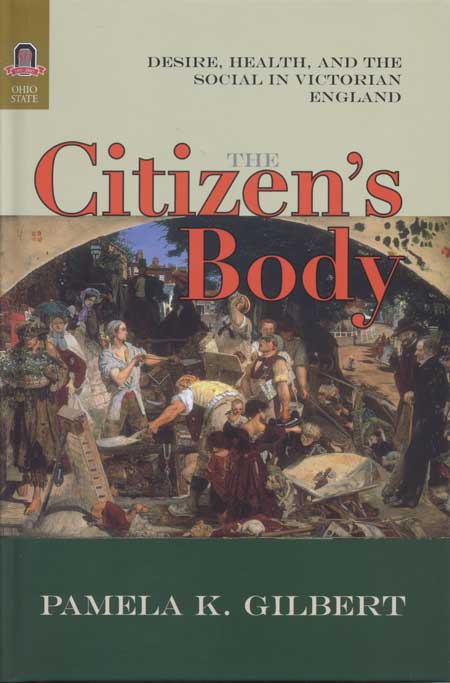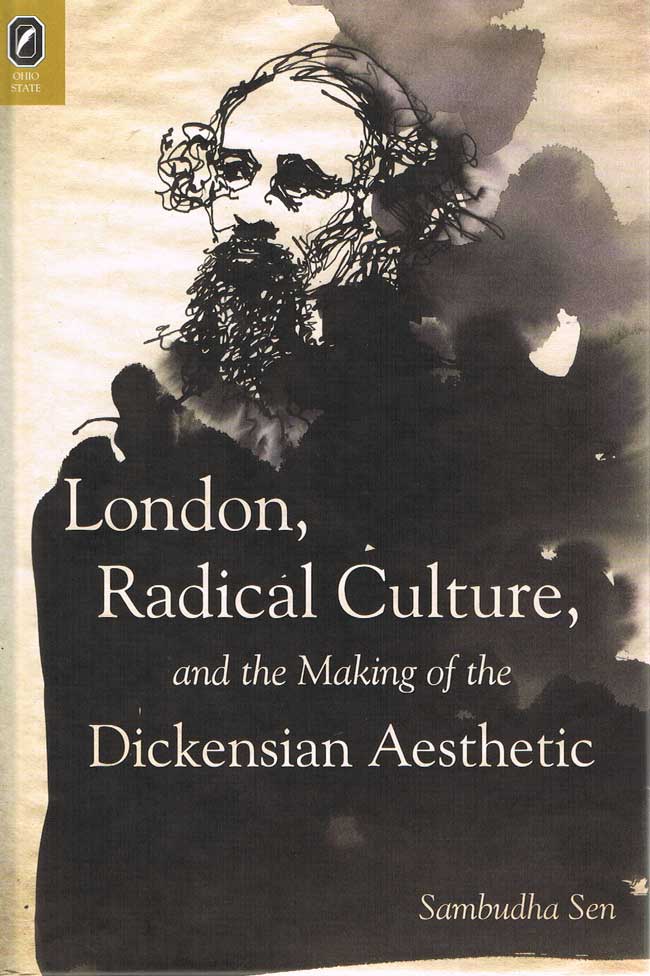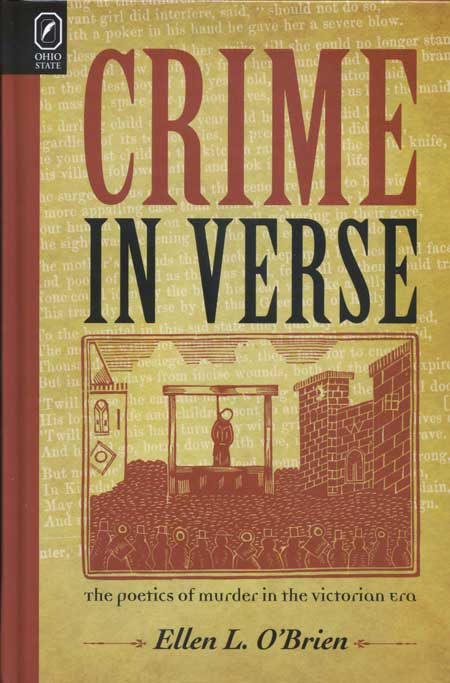“This is a beautifully written, pioneering book—one of the first in this new area of forensic criminal studies that focus on literature. For Victorianists across the fields of English literature, history, history of science, history of law, and medical humanities, and for Dickens scholars in particular, Dickens’s Forensic Realism will be indispensable.” —Marlene Tromp, editor of Victorian Freaks: The Social Context of Freakery in Britain (OSU Press)
“Dickens’s Forensic Realism is a fascinating and innovative book that will make an important and unexpected contribution to both Dickens studies and history of science.” —Holly Furneaux, author of Queer Dickens: Erotics, Families, Masculinities
Dickens’s Forensic Realism: Truth, Bodies, Evidence by Andrew Mangham is one of the first studies to bring the medical humanities to bear on the work of Dickens. Turning to the field of forensic medicine (or medical jurisprudence), Mangham uncovers legal and medical contexts for Dickens’s ideas that result in new readings of novels, short stories, and journalism by this major Victorian author. Dickens’s Forensic Realism argues that the rich and unstable nature of truth and representation in Dickens owes much to the ideas and strategies of a forensic Victorian age, obsessed with questioning the relationship between clues and truths, evidences and answers.
As Mangham shows, forensic medicine grew out of a perceived need to understand things with accuracy, leaning in part on the range of objectivities that inspired the inorganic sciences. At the same time, it had the burden of assisting the law in convicting the guilty and in exonerating the innocent. Practitioners of forensic medicine were uniquely mindful of unwanted variables such as human error and the vagaries of interpretation. In readings of Oliver Twist, Our Mutual Friend, Bleak House, The Pickwick Papers, Great Expectations, and Dickens’s early journalism, Mangham demonstrates that these questions about signification, perception, and reality are central to the stylistic complexities and playful tone often associated with Dickens. Moreover, the medico-legal context of Dickens’s fiction illuminates the richness and profundity, style and impact of Dickens’s narratives.
Andrew Mangham is Associate Professor of Victorian literature and culture at the University of Reading, United Kingdom.
Contents
List of Illustrations
Acknowledgments
AbbreviationsIntroduction
Chapter 1 Contexts: Common Sense, Medicine, Law
Chapter 2 The Whole Truth: Oliver Twist and Our Mutual Friend
Chapter 3 Bodies: Early Journalism and Bleak House
Chapter 4 Collateral Evidence: The Pickwick Papers and Great Expectations
Conclusion
Bibliography
Index
Related Titles:
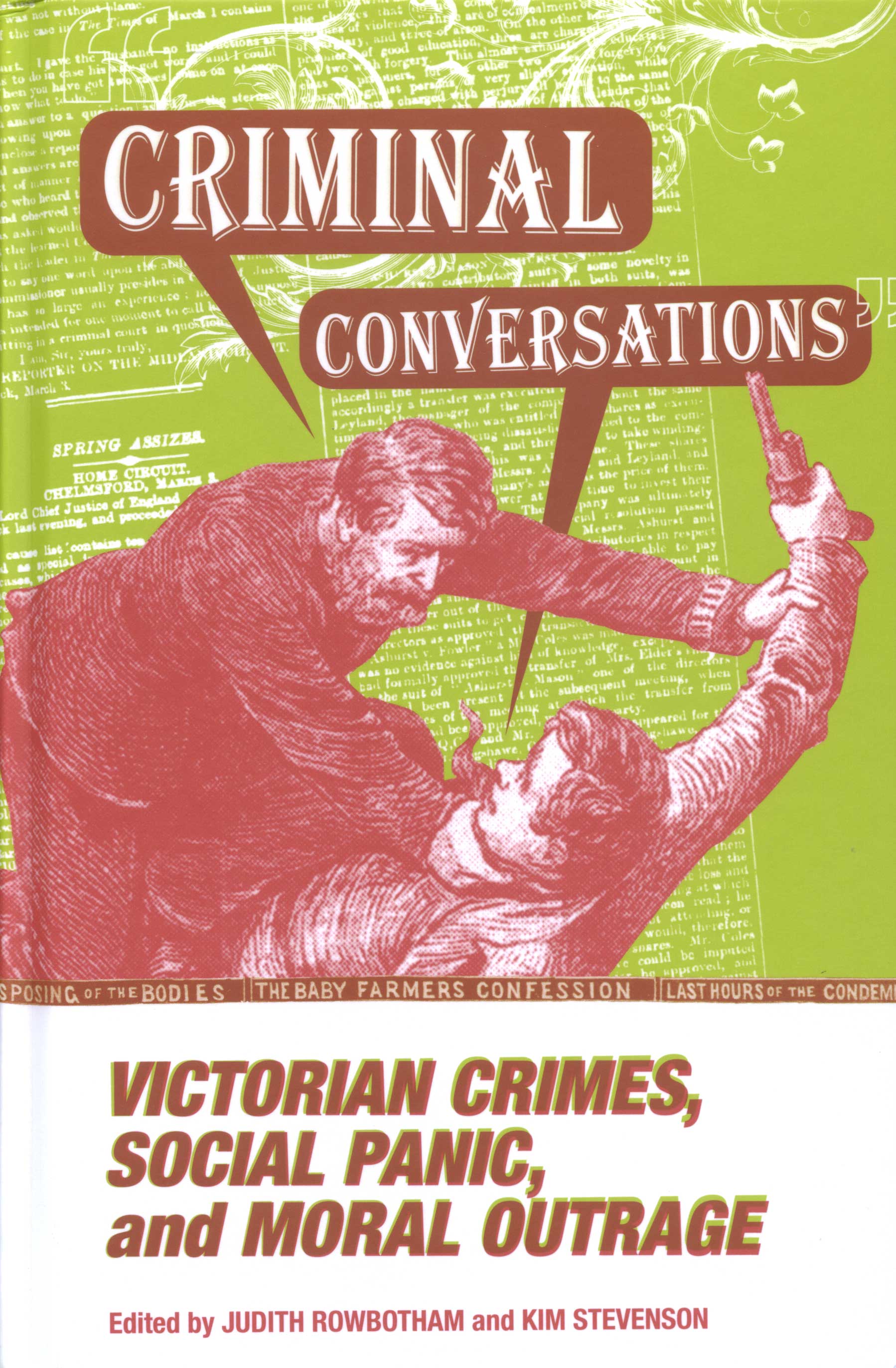
Criminal Conversations
Victorian Crimes, Social Panic, and Moral Outrage
Edited by Judith Rowbotham and Kim Stevenson
HARDCOVER, PAPER


